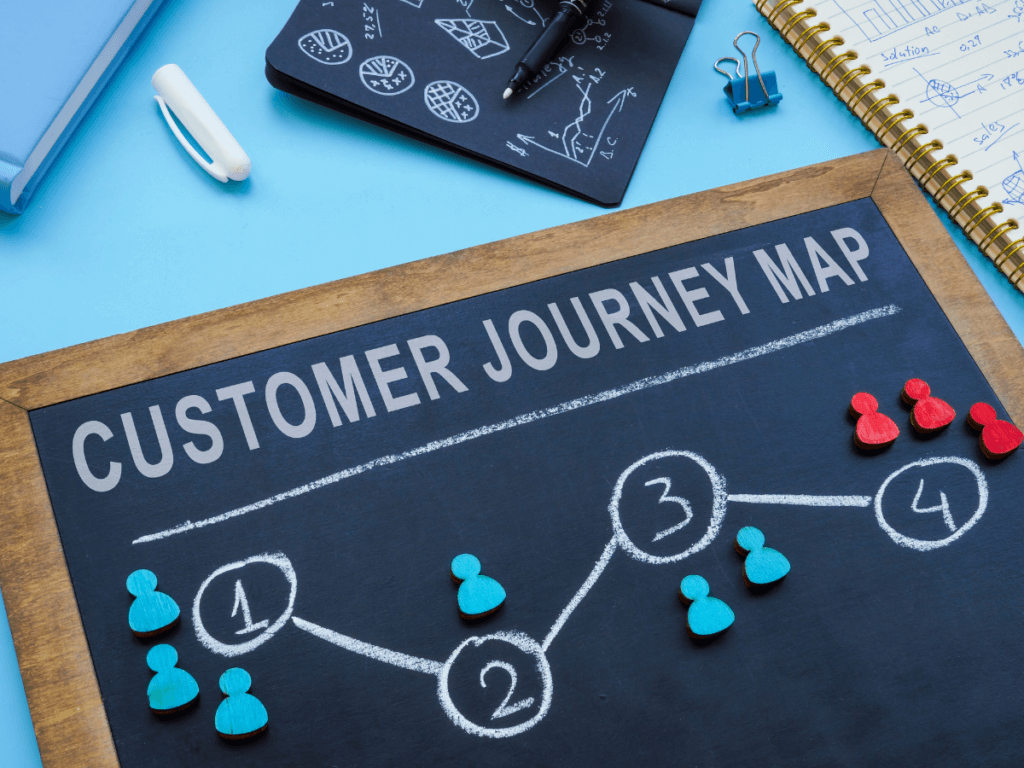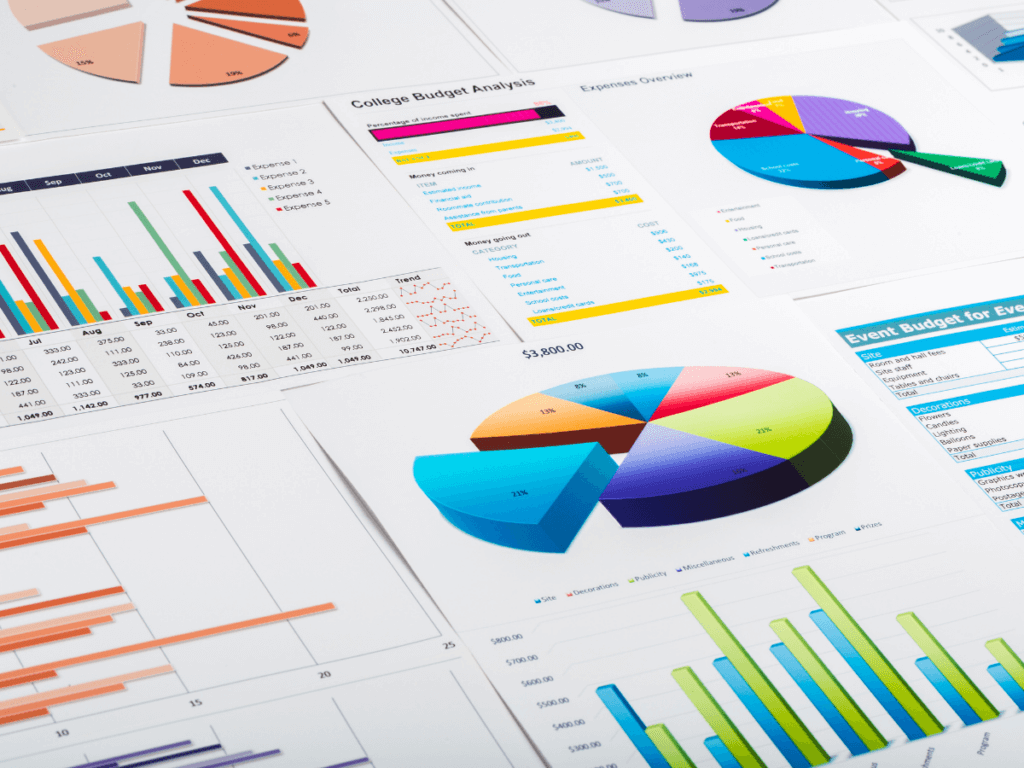Few marketing decisions are more important than where you choose to spend your ad dollars, and how much of them you choose to spend. Improving these choices is called marketing optimization.
Many historically popular techniques are failing, and new analyses are appearing. How can this new information help you?
The marketing optimization challenge

Each platform (Google, Facebook, Email, etc.) gives you volumes of marketing data. Each has a growing list of tools to help you analyze it. The big question is, how can you get all this information into one place and make sense of it?
Many companies manually pull this into a spreadsheet. However, making better decisions from this data can be confusing, even overwhelming.
Will Google Ads perform better for you than Instagram? Where in the customer journey should you invest more? Less?
Marketing attribution is the common way to answer these questions.
What is marketing attribution?

Marketing attribution is a trail of consumer touchpoints or places where a person had contact with your brand before buying. Knowing this trail answers important questions:
Did they see your Google ad on a desktop or mobile device? When? After that, what did they read, compare, and think about before they made the decision to buy? What else might they buy? When? Where can you find more buyers like this?
Relying on MTA for the answers
Most businesses depend on Multi-Touch Attribution (MTA) to find these answers. This means using cookies and retargeting pixels to document the whole customer journey.
For example, someone sees your Facebook ad but doesn’t respond. Retargeting causes them to see the ad again on website A. They finally click on the ad after seeing it another time on website B.
Now they go to your own website and submit their email. Clicking on one of your emails, they return to your site, respond to your call-to-action, visit your sales page, and buy.
What are MTA’s disadvantages?

Some say MTA gives more recommendations than you should act on. From the example above, should you advertise more on Facebook, site A, or site B where they finally clicked your ad?
The truth is, you probably don’t have enough data to decide. People usually do see an ad multiple times before they respond.
Let’s say a company conducting a survey offers a participant a running shoe coupon because they preferred that brand in the survey. There’s no MTA required.
However, what if the shoe manufacturer gets the survey data (MTA) later and offers the coupon after the participant loses interest?
Then the participant signs up for a gym. The gym sees the survey data and offers the shoes again. Even worse, another company buys data from the gym and the survey. They target the participant with an ad: “Maybe you wouldn’t have skipped your workout today if you had had these shoes.”
Experts think this is why some people feel harassed or that their privacy is violated. This is when a brand’s marketing backfires.
What’s changing about MTA?

MTA relies on cookies. Due to privacy concerns, Safari already eliminated tracking cookies. Google’s Chrome browser will soon do the same. The grand majority of people use one of these two browsers.
How does marketing channel optimization work without MTA?
How can advanced statistics, modeling, and forecasting help?
A baby name website visitor may not want diapers now, but what about 6-9 months later? You don’t need cookies to predict this.
How does this analysis work?

The data needs cleaning: can we attach a current name, address, or email to that baby-name website visitor? Data compilers are able to collect this information, so you can then create an audience and segment by demographic.
To move up the analytical maturity scale, and for the data to be useful, you need to store it in a “single source of truth.” But what is that?
What’s a single source of truth about marketing optimization?
A single source of truth (SSOT) means gathering data from many places into one location for easy reference. In our example, one company gathers data from many baby-name websites. A diaper manufacturer gets the data from this company.
What is the analytical maturity scale of marketing optimization?
Data scientists list 4 steps of business intelligence, going from least to most mature.

Step 1 is Descriptive Analytics, answering the question: “What happened?” For instance, your platform dashboards will tell you how many sales happened last month. This data is common, easy to get, and is the least useful because it’s only hindsight.
Step 2 is Diagnostic Analytics, answering “Why did it happen?” It’s less common and more difficult to answer, “Why did sales decrease last month?” Yet this is more useful since it gives insight. What can you learn from the answer?
Step 3 is Predictive Analytics, answering “What will happen?” It’s even less common, harder to get, and even more useful since it provides foresight and sets you apart.
Step 4 is Prescriptive Analytics, answering “How can we make it happen?” This is the least common, hardest to get, and the most useful, as it allows you to see advantages no one else does.
Marketing optimization examples to help you progress up this scale
Artificial intelligence software now analyzes news, recognizes trends, and even recommends campaign changes. Other AI algorithms use statistics to compare your performance on different platforms and recommend how much you should spend for each.
Even more AI innovations now combine historical with current performance to recommend your ad spend on each platform.
What does marketing optimization mean for you?
MTA is at a breaking point. It’s long had disadvantages and now, without cookies, it may die. However, instead of using cookies, you can seize the opportunity to progress up the analytics maturity scale.
Keep learning about the new breakthroughs in marketing optimization. Your business depends on making the best decisions.





